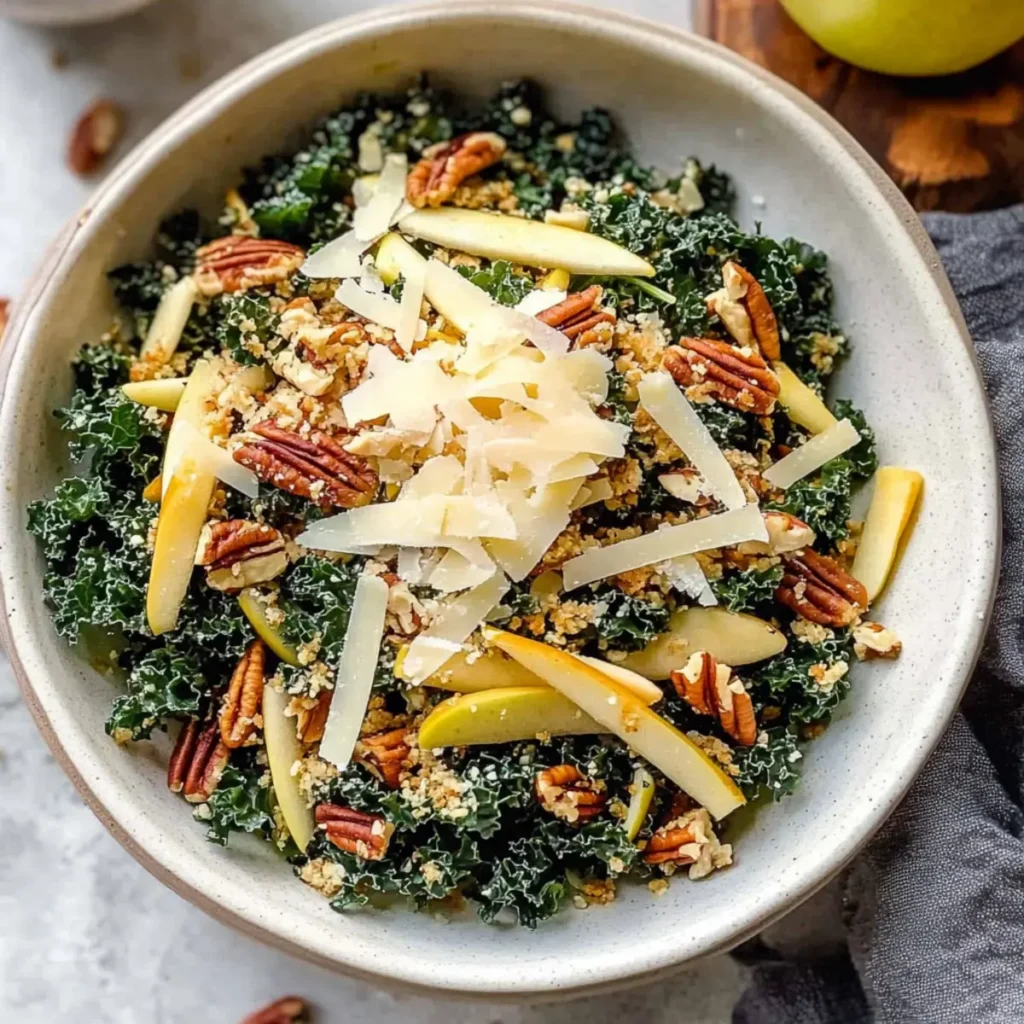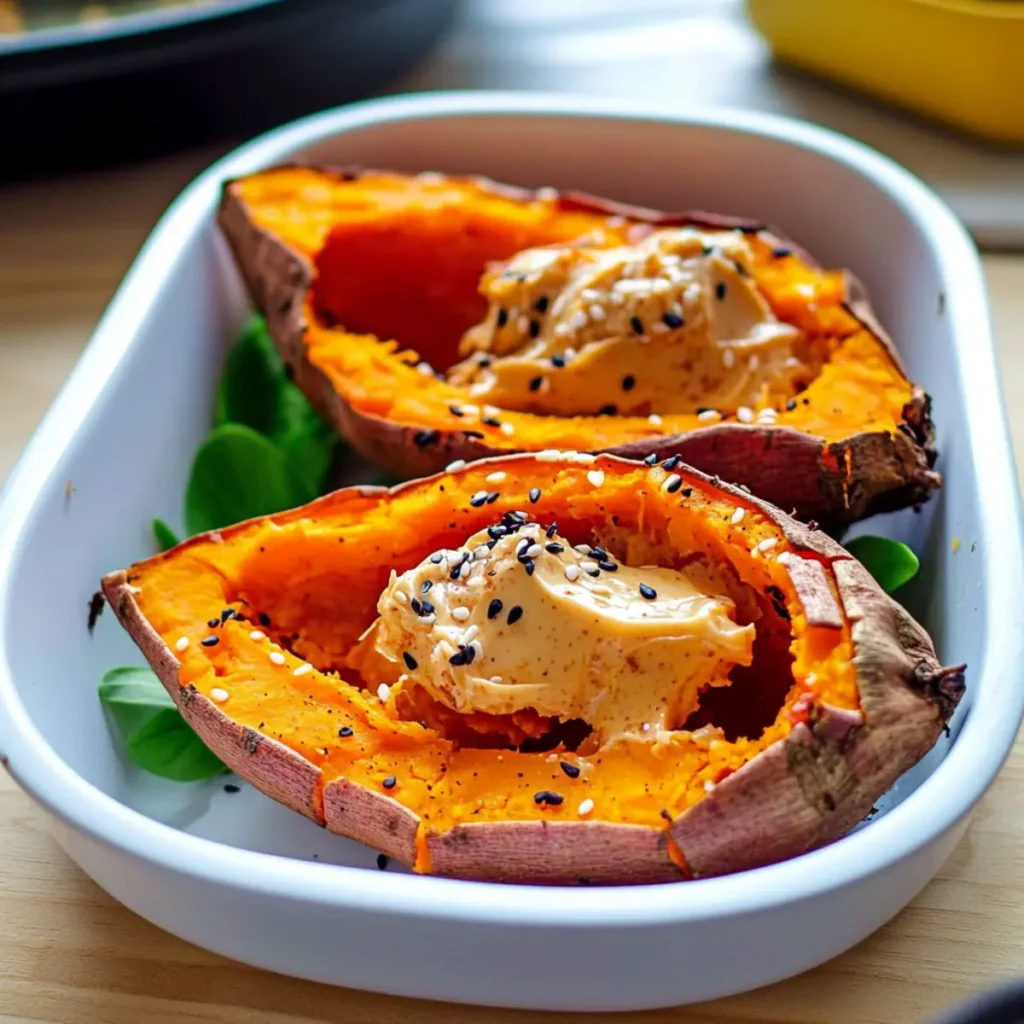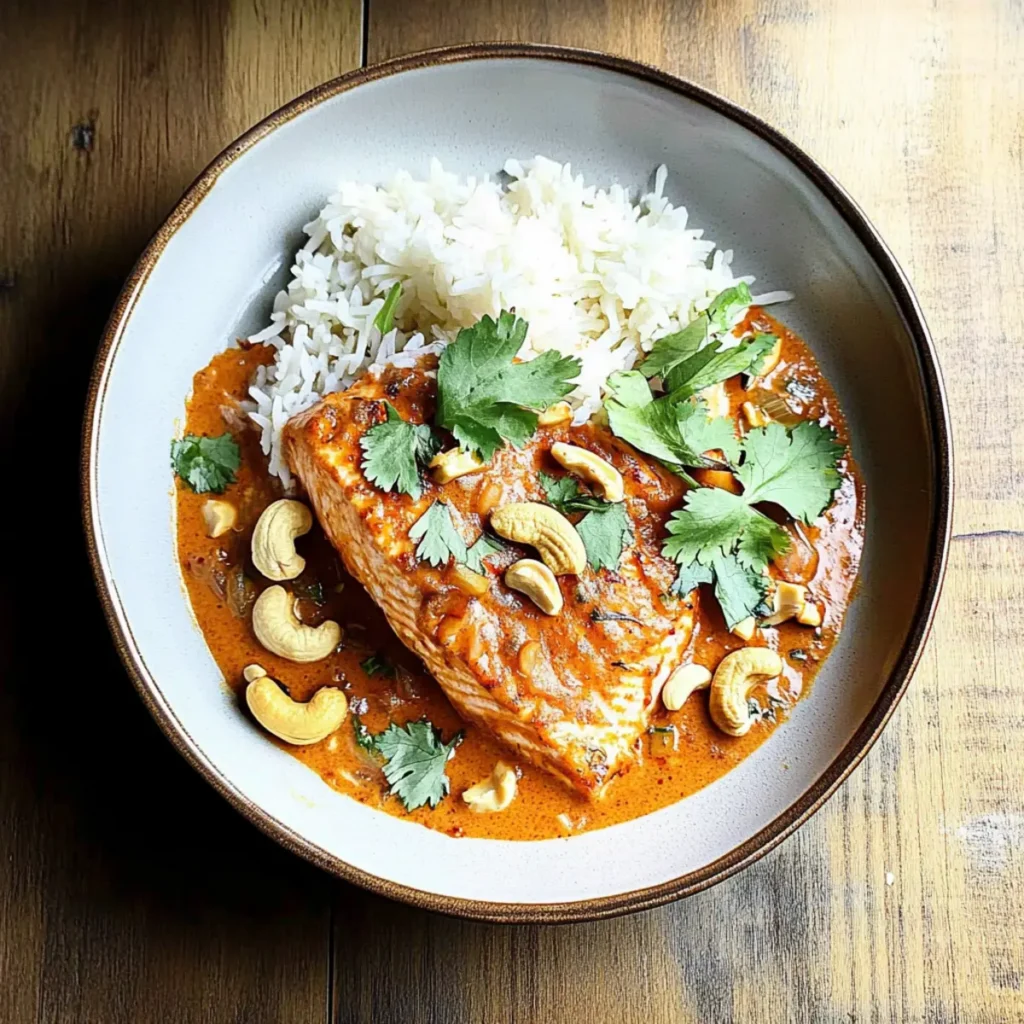As I looked around my kitchen recently, the vibrant colors of fresh vegetables made me feel a rush of inspiration. It prompted me to whip up my favorite quick and easy dish: Vegetarian Chow Mein. This delightful stir-fry takes just 15 minutes to prepare, offering a speedy escape from takeout temptation. Packed with crunch, flavor, and a variety of customizable vegetables, this vegan recipe is perfect for those busy weeknights when you crave something comforting yet light. Plus, it’s a wonderful way to clean out your fridge while creating a meal that impresses with minimal effort. Ready to dive into a homemade adventure? Let’s get cooking!
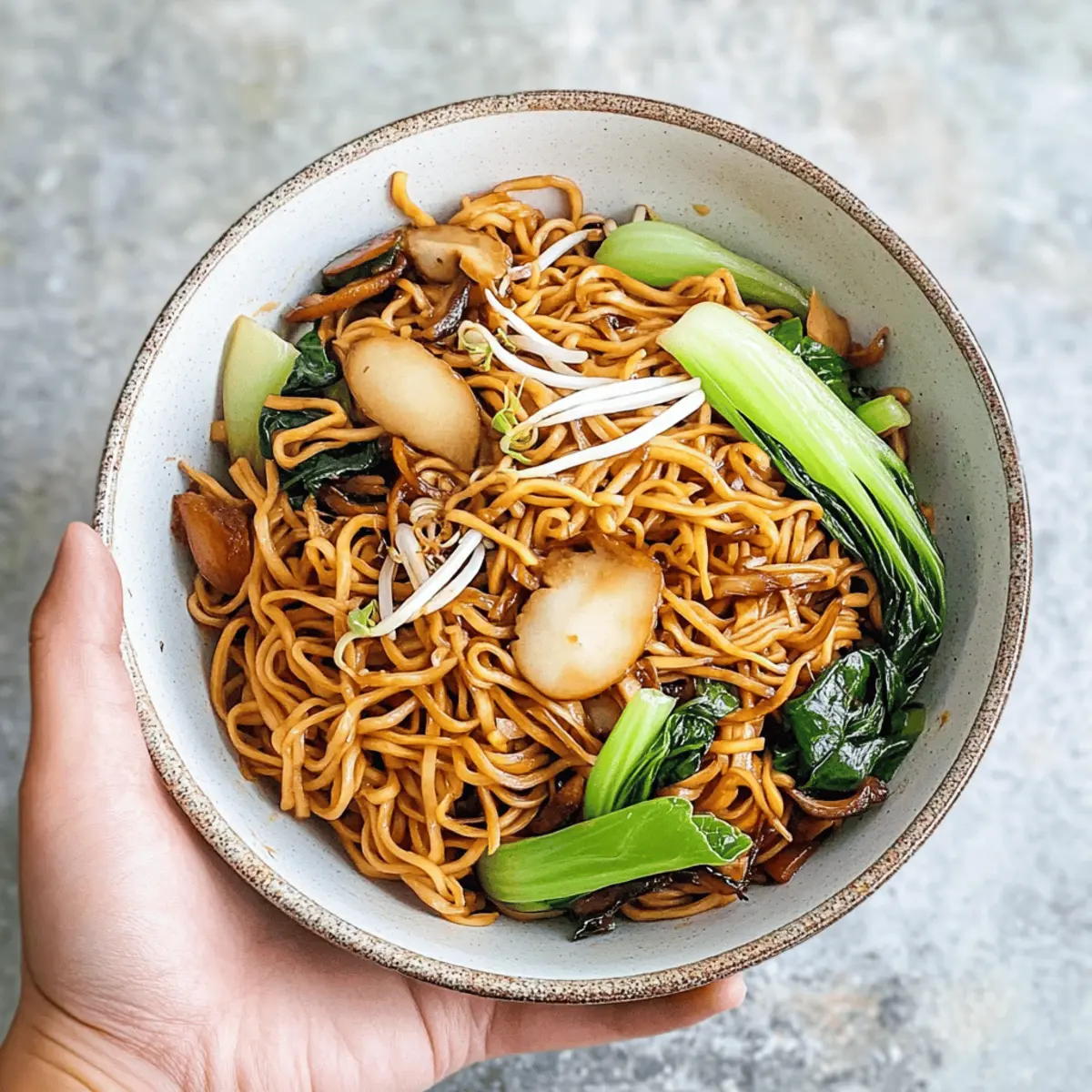
Why is Vegetarian Chow Mein a Must-Try?
Quick Preparation: This recipe comes together in just 15 minutes, making it an ideal choice for busy weeknights.
Customizable Ingredients: Swap in your favorite veggies or leftovers to make it uniquely yours—no two dinners need to be the same!
Savory and Satisfying: The delightful mix of flavors and textures comes together beautifully, reminiscent of your favorite Chinese takeout without the guilt.
Vegan-Friendly: Perfect for plant-based eaters, this dish is not only hearty but also packed with nutrients from assorted fresh vegetables.
Crowd-Pleaser: Whether you’re cooking for yourself or entertaining guests, this chow mein is sure to impress with its vibrant colors and mouthwatering taste.
Looking to expand your culinary repertoire? Try adding some homemade spring rolls on the side for a complete dinner experience!
Vegetarian Chow Mein Ingredients
For the Stir-Fry
• Vegetable Oil – A cooking base that allows for optimal stir-frying; can be substituted with canola or sunflower oil.
• Mushrooms – Adds umami flavor and a delightful texture; feel free to use other mushrooms or veggies based on your preference.
• Garlic – Provides aromatic depth; freshly minced garlic is preferred, but garlic powder works in a pinch.
• Chow Mein Noodles – The backbone of this dish; if unavailable, ramen or udon noodles can easily stand in.
• Soy Sauce – Essential for seasoning and that savory punch; tamari is a great gluten-free alternative.
• Sugar – Balances the savory flavors, making the dish harmonious; maple syrup can be a potential substitute.
• White Pepper – Adds a touch of heat and depth; adjust according to your taste, or use black pepper instead.
• Water – Used to adjust the sauce consistency for the perfect texture.
• Bok Choy – Offers a crunchy texture and nutritional benefits; kale or spinach can be good substitutes.
• Bean Sprouts – Adds a fresh, crunchy element; you can also use shredded carrots for that satisfying bite.
• Sesame Oil – Enhances the final flavor; if not available, a drizzle of olive oil can do the trick.
• White Sesame Seeds – For garnishing; black sesame seeds can be used or omit entirely for a simpler finish.
Step‑by‑Step Instructions for Quick and Easy Vegetarian Chow Mein
Step 1: Prep Ingredients
Start by slicing the mushrooms and trimming the bok choy, ensuring a colorful array of vegetables for your Vegetarian Chow Mein. Mince a few cloves of garlic to release their aromatic flavors and assemble all your ingredients, so they’re ready for quick access as stir-frying happens fast. This initial step sets the foundation for a seamless cooking experience.
Step 2: Heat Oil
In a large skillet or wok, pour in 2 tablespoons of vegetable oil and heat it over medium-high heat for about 1–2 minutes. The oil should shimmer slightly, indicating it’s hot enough for stir-frying. This is crucial because a properly heated pan enhances the flavors while preventing ingredients from sticking, creating that perfect stir-fried effect for your delicious chow mein.
Step 3: Sauté Aromatics
Add the minced garlic and sliced mushrooms to the hot oil, stirring continuously for about 2–3 minutes. The mushrooms should soften and release their moisture while the garlic turns fragrant and lightly golden. This step not only builds the base flavor for the dish but also creates an enticing aroma that will fill your kitchen.
Step 4: Cook Noodles
Next, introduce the chow mein noodles, soy sauce, sugar, and white pepper into the skillet, stirring them together for about 2–3 minutes. Make sure the noodles get coated in the savory sauce, absorbing the flavors and warming through. Toss everything together, allowing the mixture to harmonize into a delightful medley that’s full of taste and color.
Step 5: Vegetable Addition
Now it’s time to add in your chopped bok choy and bean sprouts, stirring them into the noodle mixture for an additional 2–3 minutes. You’ll know it’s ready when the bok choy is wilted, but still vibrant green, adding that satisfying crunch and nutritional benefits to your Vegetarian Chow Mein. The colorful vegetables brightening the dish is a true feast for the eyes!
Step 6: Adjust Sauce
If the sauce appears too thick, gradually add 1–2 tablespoons of water to your stir-fry while stirring. Keep the heat on high as you adjust the sauce to your desired consistency, ensuring your chow mein is neither dry nor too soupy. This balance makes for the perfect coating on the noodles and vegetables, enhancing your meal’s overall enjoyment.
Step 7: Finishing Touches
To lock in that lovely flavor, drizzle about a teaspoon of sesame oil over the stir-fried ingredients and toss everything together for another minute. The sesame oil adds a lovely finish, enhancing the flavor profile of your Vegetarian Chow Mein and tantalizing your taste buds with its nutty aroma.
Step 8: Serve
Finally, graciously spoon the finished Vegetarian Chow Mein onto plates or in bowls. Garnish with a sprinkle of white sesame seeds for added texture and visual appeal. Serve hot, and enjoy this quick and delectable meal that’s sure to satisfy those weeknight cravings for comfort food without the fuss of takeout!
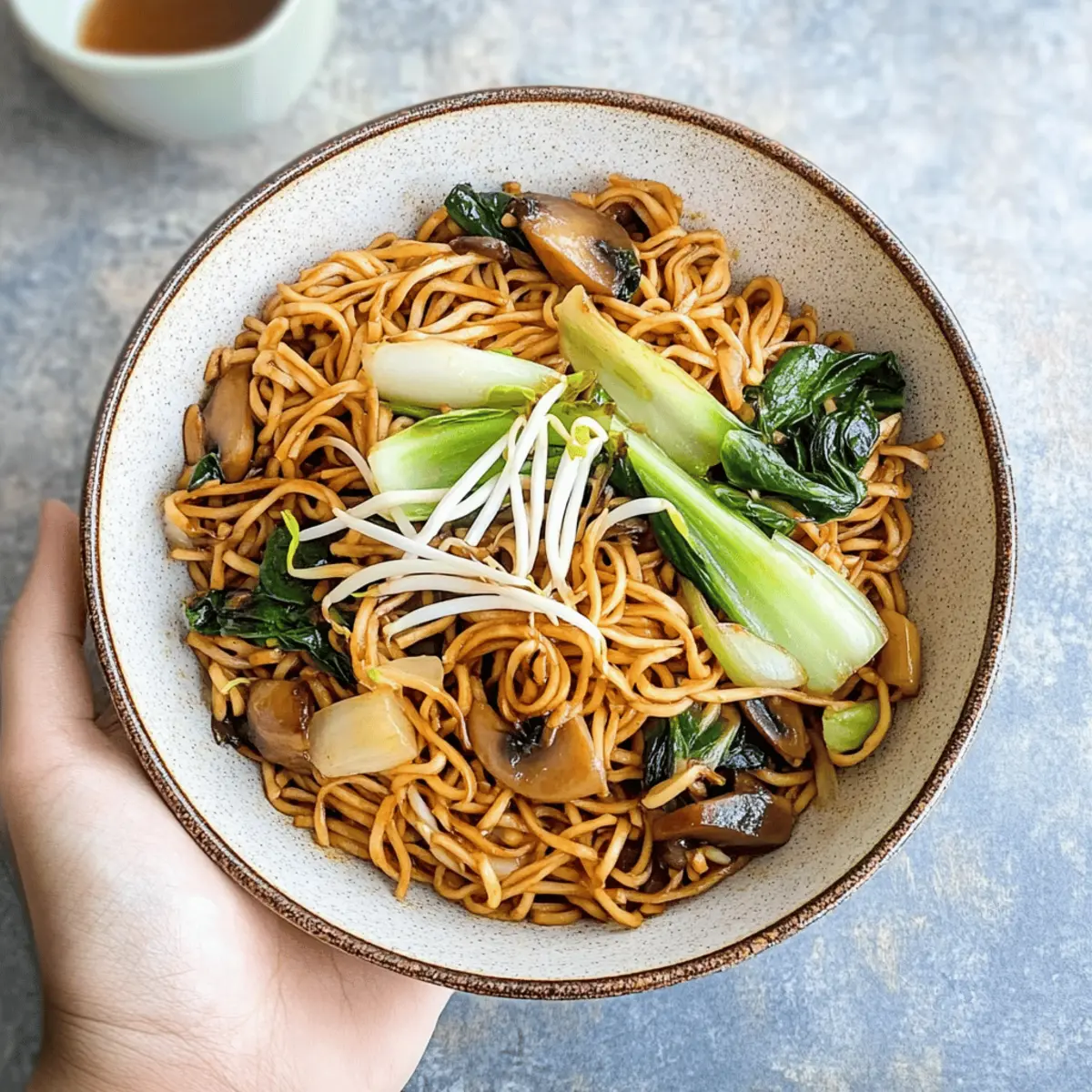
How to Store and Freeze Vegetarian Chow Mein
Fridge: Store your Vegetarian Chow Mein in an airtight container and keep it in the refrigerator for up to 3 days. Gently reheat in a pan over medium heat to avoid sticking.
Freezer: For longer storage, you can freeze the chow mein for up to 2 months. Allow it to cool completely, then transfer to freezer-safe bags, removing as much air as possible before sealing.
Reheating: When ready to enjoy, thaw overnight in the fridge. Reheat gently in a skillet with a splash of water to prevent it from drying out and to enhance the flavors.
Freshness Tip: It’s best enjoyed fresh, but if you must store it, ensure it’s cooled down before refrigerating or freezing to maintain the best texture and taste.
Vegetarian Chow Mein Variations
Feel free to make this Vegetarian Chow Mein your own with these delightful twists and substitutions!
-
Leftover Veggies: Toss in whatever vegetables you have on hand, like bell peppers, carrots, or zucchini, for a colorful and resourceful meal. You’ll be surprised how well different flavors combine!
-
Spice It Up: If you love some heat, add a pinch of red pepper flakes or sliced fresh jalapeños during the stir-fry. This addition sparks a flavorful kick that elevates your chow mein!
-
Protein-Packed: For a bit more substance, consider adding tofu or chickpeas into the mix. A protein boost not only fills you up but also enhances the dish’s nutritional profile.
-
Gluten-Free: Substitute soy sauce with tamari to make your chow mein gluten-free without sacrificing flavor. It’s an easy swap that everyone can enjoy!
-
Creamy Twist: For a unique take, try mixing in a dollop of peanut butter or tahini as the noodles cook. The creamy texture adds richness and a nutty flavor that’s simply irresistible.
-
Herb Explosion: Fresh herbs, like cilantro or basil, sprinkled at the end transform this dish into a fragrant masterpiece. These fresh notes elevate the flavor and appeal of your Vegetarian Chow Mein.
-
Crunch Factor: Swap bean sprouts with crispy snap peas or water chestnuts for an added crunch. These alternatives keep the dish lively and texturally interesting.
-
Noodle Variety: Experiment with different noodles like soba or rice noodles for a whole new take on this classic. Just adjust your cooking time according to the specific noodle type.
Don’t forget, if you’re looking for more delicious concoctions, try pairing your chow mein with some homemade spring rolls on the side for an unforgettable meal! Happy cooking!
What to Serve with Quick and Easy Vegetarian Chow Mein
Enjoy the symphony of flavors and textures that make up this sumptuous dish while exploring delightful side options to create a full-fledged feast.
-
Steamed Jasmine Rice: A fragrant base that absorbs the savory sauce and complements the dish’s vibrant flavors perfectly. The fluffy texture provides a comforting contrast to the crunch of the vegetables.
-
Crispy Spring Rolls: These golden-brown delights add an irresistible crunch and a burst of flavor. Pairing them with a sweet chili dipping sauce elevates the experience, creating a delectable appetizer before the main event.
-
Garlic Broccoli: Sautéed with a touch of garlic and sesame oil, this side brings a delightful crispness and adds nutrients to your meal. Their bright green color will make your plate even more inviting!
-
Chinese Cucumber Salad: A refreshing salad featuring thinly sliced cucumbers tossed with rice vinegar and sesame oil. It balances the savory flavors of chow mein with a crisp and tangy bite, perfect for cleansing the palate.
-
Taiwanese Popcorn Chicken: For a heartier option, these bite-sized, seasoned morsels offer a delightful crunch. They pair beautifully with the chow mein, making for a quick yet indulgent meal.
-
Chilled Green Tea: A soothing drink that refreshes your taste buds while balancing the savory richness of the chow mein. The lightness of the tea enhances the overall dining experience without overpowering it.
With these exciting pairings, your quick and easy Vegetarian Chow Mein will shine as the star of a deliciously satisfying meal!
Expert Tips for Vegetarian Chow Mein
-
Prep Ahead: Use fresh vegetables and have everything prepped before you start cooking, as stir-frying is a quick process. This helps achieve that authentic restaurant-like taste in your Vegetarian Chow Mein.
-
Adjust the Spice: Don’t be shy to tweak the amount of white pepper to suit your taste buds. A little goes a long way, so start small to avoid overpowering the dish.
-
Noodle Substitutes: If chow mein noodles are hard to find, remember that ramen or udon noodles work well too. Just keep an eye on cooking times, as they may vary between types!
-
Add Crunch: Experiment with colorful vegetables like bell peppers or carrots to add even more texture and flavor. Remember, the fresher, the better!
-
Sauce Consistency: If the sauce is too thick, stir in a tablespoon of water at a time until you reach your desired consistency—don’t let it become too dry or soupy!
-
Flavor Finish: A little drizzle of sesame oil at the end elevates the flavor. If you don’t have sesame oil, a light drizzle of olive oil will still enhance the dish nicely.
Make Ahead Options
These Vegetarian Chow Mein are perfect for meal prep enthusiasts! You can chop the vegetables and cook the chow mein noodles up to 3 days in advance, storing them separately in airtight containers to maintain freshness. If you’re super busy, consider mixing the sauce ingredients (soy sauce, sugar, and white pepper) and refrigerating them overnight for a quick flavor boost. When you’re ready to serve, simply reheat the noodles in a skillet, adding the prepped vegetables and sauce to finish cooking. This way, you can enjoy a delicious, home-cooked meal with minimal effort on those hectic weeknights, ensuring your Vegetarian Chow Mein is just as delightful as when freshly made!
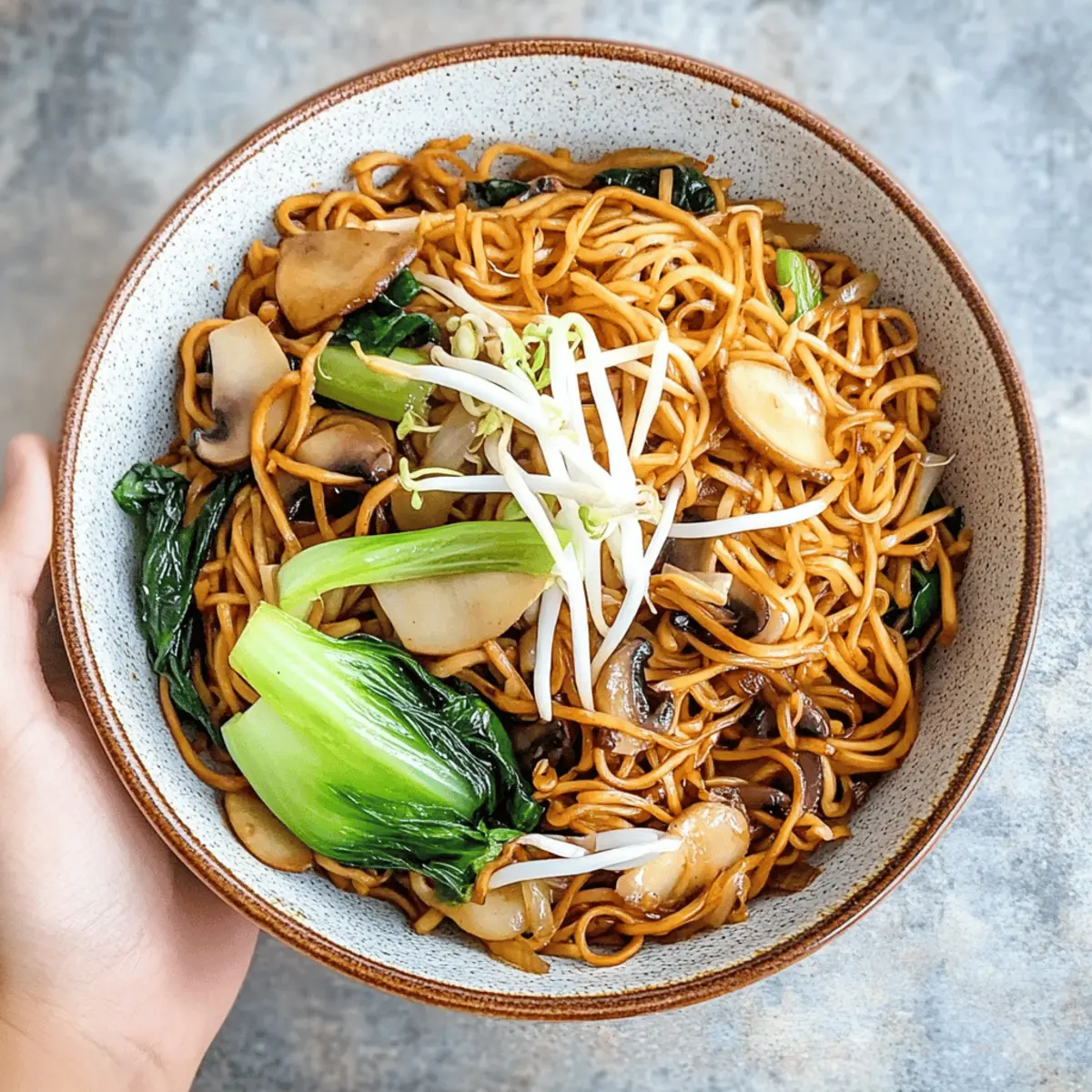
Vegetarian Chow Mein Recipe FAQs
What kind of vegetables are best for Vegetarian Chow Mein?
Absolutely! You want vibrant, crunchy vegetables that hold up well to stir-frying. I recommend using bok choy for its crisp texture and nutritional benefits. However, you can easily exchange it with kale or spinach based on availability. Feel free to toss in bell peppers, carrots, or broccoli for a colorful mix! Just ensure they’re freshly washed and sliced for even cooking.
How long can I store Vegetarian Chow Mein in the fridge?
Very! Your Vegetarian Chow Mein can be stored in an airtight container in the refrigerator for up to 3 days. Just be sure to let it cool completely before sealing it up. When it’s time to enjoy again, you can reheat it gently in a pan over medium heat to avoid the noodles sticking together.
Can I freeze Vegetarian Chow Mein for later use?
Absolutely! For optimal freezing, allow your chow mein to cool fully, then transfer it into freezer-safe bags. Remember to remove as much air as possible before sealing. It can be frozen for up to 2 months. When you’re ready to enjoy it, thaw it overnight in the fridge and reheat gently on the stove, adding a splash of water to bring back the original flavors.
What should I do if my chow mein turns out too dry?
If your chow mein ends up a bit on the dry side, don’t worry! You can rescue it by adding a tablespoon of water at a time while reheating. Stir it well to incorporate the water evenly. Adjusting the sauce consistency while cooking helps too—just keep an eye on how thick it gets, as you want it to be just right for coating those delicious noodles.
Is there a way to make Vegetarian Chow Mein gluten-free?
Absolutely! To make an entirely gluten-free dish, swap regular soy sauce for tamari, which is gluten-free and still offers that amazing umami flavor. Additionally, make sure to use gluten-free noodles, like rice noodles or other certified options available at your local grocery store. It’s an easy switch that doesn’t compromise on taste!
Can I serve Vegetarian Chow Mein to my pet?
While some ingredients are safe for pets, it’s best to keep this dish away from your furry friends. Ingredients like garlic and soy sauce can be harmful in large quantities for cats and dogs. However, if you want to share a little love, consider giving them plain cooked noodles or steamed vegetables without the seasoning. Always check with your vet to be sure!
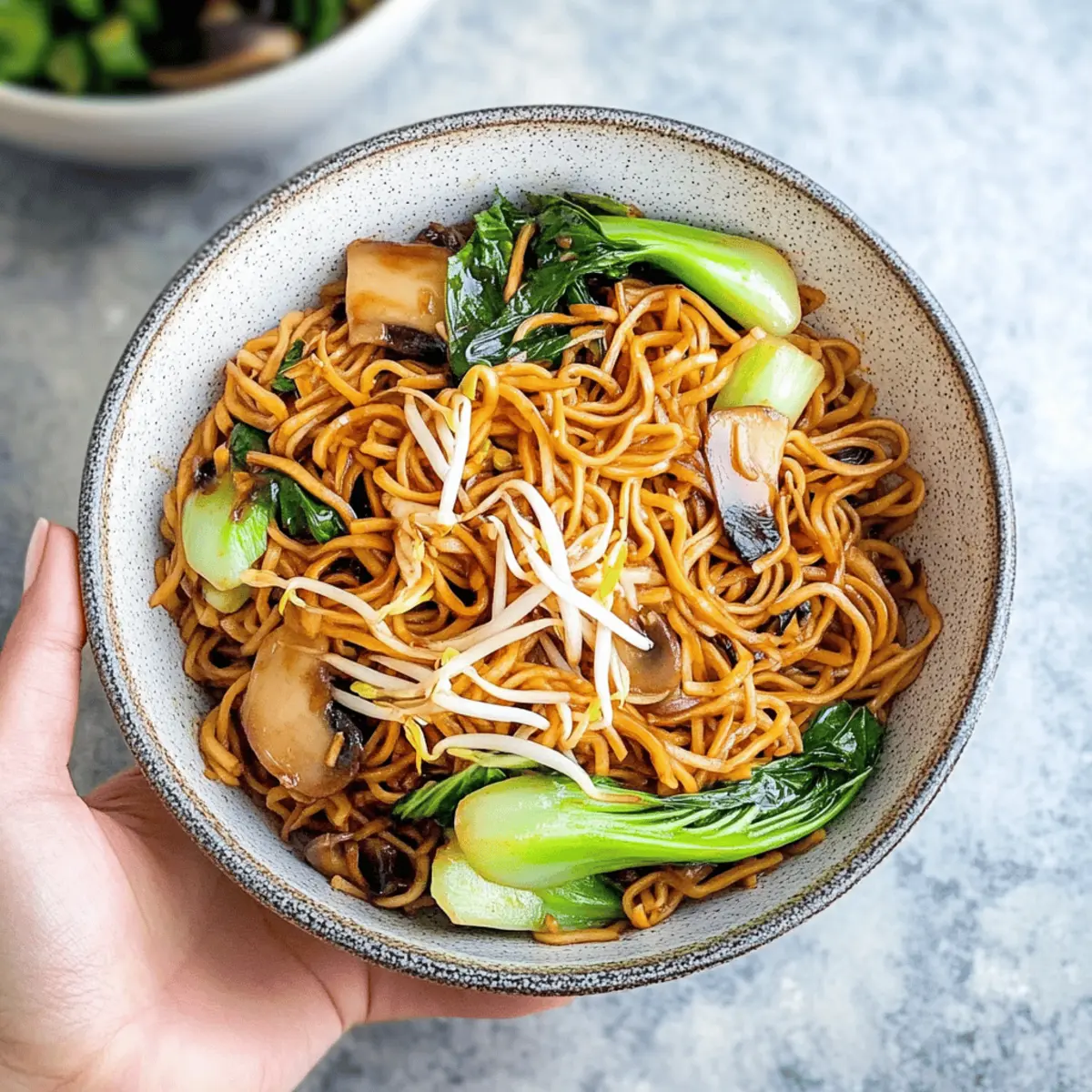
Savor Quick Vegetarian Chow Mein in 15 Minutes or Less
Ingredients
Equipment
Method
- Start by slicing the mushrooms and trimming the bok choy, ensuring a colorful array of vegetables for your Vegetarian Chow Mein. Mince a few cloves of garlic to release their aromatic flavors and assemble all your ingredients, so they're ready for quick access as stir-frying happens fast.
- In a large skillet or wok, pour in 2 tablespoons of vegetable oil and heat it over medium-high heat for about 1–2 minutes until the oil shimmers slightly.
- Add the minced garlic and sliced mushrooms to the hot oil, stirring continuously for about 2–3 minutes until the mushrooms soften and the garlic turns fragrant.
- Introduce the chow mein noodles, soy sauce, sugar, and white pepper into the skillet, stirring for about 2–3 minutes until the noodles are coated in the sauce.
- Add in your chopped bok choy and bean sprouts, stirring them into the noodle mixture for another 2–3 minutes until the bok choy is wilted but vibrant.
- If the sauce appears too thick, gradually add 1–2 tablespoons of water while stirring to reach the desired consistency.
- Drizzle about a teaspoon of sesame oil over the stir-fry and toss everything together for another minute to lock in flavor.
- Spoon the finished Vegetarian Chow Mein onto plates or in bowls and garnish with a sprinkle of white sesame seeds. Serve hot.



